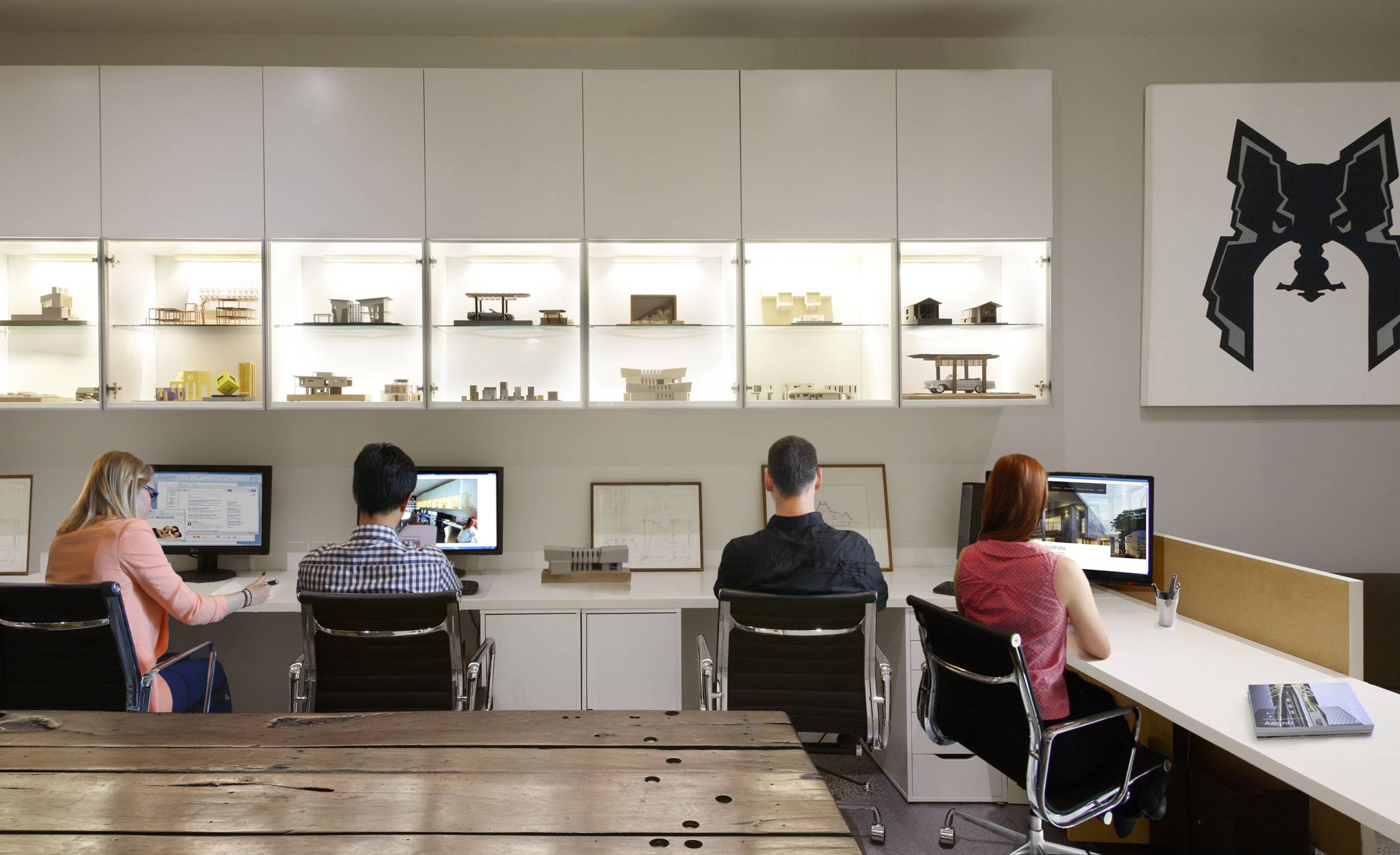AI has already disrupted countless industries and its influence will only accelerate. Professions once thought immune are being reshaped and architecture is no exception. At WOLF Architects we have been watching this revolution closely and we are not just observers. We are onboard, actively experimenting and weaving AI into our practice for several years now.
This article offers insight into how AI is influencing our work today and where we believe the future of architects is heading. It is not a question of whether AI will impact architecture, but how far it will go and how soon.
The Early Days of AI at WOLF
We began modestly, using AI to improve communications such as letters and articles like this one. Soon we tested its potential in drawings and presentations.
Universities no longer teach architects to draw by hand. Everything is computer-based. At WOLF we consider this a weakness and insist on keeping hand sketching alive. Every team member must be proficient with pen and paper, and if they are not, we teach them as part of their first year regardless of seniority. Our standards are uncompromising.
Hand drawing remains fundamental because of the connection between the hand, eye and brain. When a designer sketches a wall on paper they should feel its length in their mind. This connection makes our designs more sensitive and emotionally charged. These qualities are not optional but essential in the one-off masterpieces that define WOLF Architects.
We discovered that AI struggles with sketching. It often requires us to simplify our work so it can interpret it, which runs counter to our approach. For now human sketches are not only faster but also richer and more emotionally intelligent.
Visuals, Imagery and the Power of AI
Where AI excels is in imagery. It can perform many of the tasks we once did with Photoshop but in less time. Whether changing daylight into night, removing elements or enhancing detail, AI allows us to reimagine our portfolio with incredible speed.
This has been transformative for older projects, especially those completed before digital photography or during periods like COVID when professional images were not possible. AI enables us to revive and refresh these works, breathing new life into a body of over 200 projects. For our followers this means an exciting stream of revitalised images and videos in the years ahead.
The Big Question: Can AI Truly Design?
Everyone asks the same thing. Can AI design? Our answer is clear. Not yet.
We have tested AI-generated concepts and while occasionally fascinating they lack the creative depth, balance and maturity that comes from human experience. This mirrors the arrival of 3D CAD software two decades ago. Computers revolutionised the way we could visualise and engineer buildings in three dimensions but the architect remained the driver.
AI is no different today. It is still a tool, and like all tools its value depends on the hand that wields it.
The Future: From Tool to Partner
The trajectory is clear. AI will evolve from tool to design partner. It will learn from every idea we reject and every solution we embrace. In time it will anticipate what appeals to the eye of the WOLF. At that stage AI may be considered an employee, with copyright protection for the unique designs it produces under our guidance.
Looking further ahead AI could one day meet clients directly, absorb their feedback and present solutions in real time. Human architects will oversee these cyber colleagues during a golden era of design where projects are conceived faster, delivered more economically and made more accessible than ever before.
Eventually the profession may transform entirely. WOLF Architects could evolve into a sophisticated AI-powered platform requiring only a subscription to access. Architectural knowledge may shift from human practitioners to a digital ecosystem, one that still carries the DNA of the WOLF. We believe this will happen well before the end of this century.
Architects Beyond Buildings
If this future unfolds today’s graduates may be the last to practise architecture in its traditional form. Just as senior architects recall the pre-CAD era of hand drawing, they will recall the pre-AI era of design.
Architecture however has always been about more than buildings. It is a way of thinking that fuses creativity with problem solving. This mindset will endure long after AI dominates the built environment. The title of architect may one day belong to those applying this discipline beyond buildings altogether, shaping new frontiers of design in ways we cannot yet imagine.
The WOLF Perspective
At WOLF Architects we are not threatened by AI. We welcome it. We see it as the next frontier and we intend to lead. AI will not diminish the spirit of the architect. It will amplify it. The WOLF will continue to guide the pack, ensuring that as technology evolves the essence of design remains sensitive, emotional and human.



0 Comments